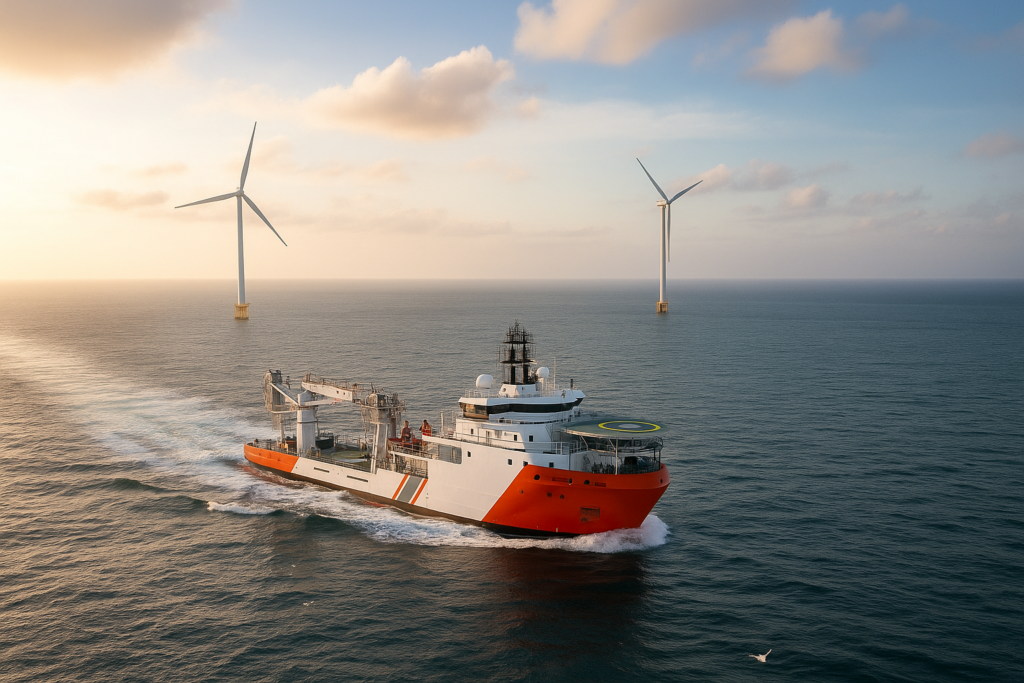A turbine blade can’t be installed if the vessel carrying it sits stuck at port. A cable fault can’t be fixed if crews can’t safely reach site. Crews wait onshore, vessels idle at port, and projects stall offshore because navigation still relies on low-resolution, highly-fragmented data.
These bottlenecks cost the offshore wind industry millions each year. NeuWave delivers smarter navigation solutions that keep the supply chain moving, and ensure essential O&M is completed.

Understanding the offshore wind supply bottleneck
Modern industries rely on complex systems of supply and demand, operating under constantly changing environmental, regulatory, geopolitical, and economic pressures.
When it comes to operations out at sea these pressures are often exacerbated, leading to supply chain bottlenecks worsened by vessel scarcity and port congestion, and inaccurate weather window estimates causing avoidable downtime.
Offshore wind, the UK’s primary renewable energy resource, has not been spared these pressures. Delays in offshore wind operations slow down the construction and maintenance of essential infrastructure.
The reasons for the offshore wind industry bottlenecking are diverse, but at the core of stands the outdated navigation tools and the low-resolution environmental data that still underpins the sector.
Why is navigation at sea the weak link in the supply chain?
Surprise, maritime navigation is challenging. Jokes aside, however, navigation at sea is more than getting your ship from A to B; it requires careful timing, safety considerations, and synchronisation with other vessels, infrastructure, and tasks.
While we can implement regulations and agreements to streamline the process, offshore logistics will always be at the mercy of changeable environmental factors and inhospitable geography. Using outdated tools and fragmented, low-resolution data (as much of the industry still does) results in both false downtimes and wasted trips.
These delays are currently the key stumbling block for further development of offshore wind capacity.
But how can better data and smarter tools strengthen the offshore wind supply chain?
1. High-resolution data for confident decision making
When it comes to risk management, poor data is expensive and potentially dangerous. And when offshore navigation planning relies on dated 30km-resolution models, conditions are over-predicted, downtime is exaggerated, and operations stall unnecessarily.
False negatives can wipe out weeks of an individual service vessel’s productivity each year. This is costly, but also exacerbates vessel shortage and port congestion issues.
At NeuWave, this is solved with research-grade precision. Our purpose-built environmental intelligence models run at an industry-leading 500m resolution (20x more accurate than the current standard).
That precision builds resilience across the supply chain: safer crew transfers, dependable maintenance schedules, and vessels that spend more time working and less time waiting. With accurate metocean forecasting the vessel captain gains clearer insight where it matters the most (at sea!)
Allowing coordinators to make better-informed go/no-go decisions for essential service vessel sea-days.
2. Dynamic route planning reduces fuel and time waste
Fuel is often the cost to consider in offshore industry, contributing up to two-thirds of all operations expenses.
Routing tools that neglect detailed wave climate, tides and currents, and weather conditions, can turn routine trips into costly mistakes. Poor routing inflates overall fuel consumption, ballooning vessel operating expenses.
But dynamic routing (like NeuWave’s WAVE tools) that leverages and combines precise hindcast and forecast data, can align navigation with real-time (and projected) environmental conditions. Optimising routes not only for the shortest distance, but for the smoothest, safest passage, means more robust offshore operations.
What you gain: lower fuel burn, faster hops between ports or turbine sites, less wear on vessels, safer crews, and greener operations.
Smart navigation tools shouldn’t just help lower costs for offshore wind; but to deliver speed, safety, and sustainability to the broader industry.
3. Port-to-sea integration – ending gridlock before it begins
Offshore gridlock often starts on land. Port capabilities – particularly in the UK – simply aren’t up to scratch for the heightened demands; and better planning is needed to alleviate the pressure.
Mismatched vessel capacity, poor route planning, outdated vessel scheduling, and wrongly calculated weather windows, all cause delays to offshore projects (and worsen congestion pressure at ports).
Smart navigation tools incorporate not only the make-or-break environmental information, but also active, reliable port and vessel statistics.
The NeuWave dashboard integrates high-res data with an intuitive, one-stop interface that allows for stronger integration between port capabilities and logistics, and the realities out at sea.
4. Supporting construction, O&M, and cable maintenance
Every stage of a wind farm’s lifecycle is ruled by the sea. Construction is pinned to short summer windows; O&M work depends on reliable vessel access year-round; cable maintenance is vulnerable to emergencies and tight repair timelines.
NeuWave gives operators the tools to work with, not against, these inevitable, natural constraints. Our models identify maximum workable weather windows so projects can be built faster and with fewer wasted days.
The NeuWave O&M suite includes automated Gantt charting, allowing teams to lock in realistic schedules years ahead, not weeks. And for subsea cable work, our emergency rerouting and shelter planning tools ensure safe, rapid responses when things go wrong.
The value is simple: less downtime, lower costs, and safer crews. By aligning decisions to real-world conditions, NeuWave transforms the offshore lifecycle from reactive firefighting to proactive, confident planning.
5. De-risking the future of offshore investment
Time is money when it comes to offshore operations, and a single delay for a 1 GW project is estimated to cost millions. Lost revenue, lost energy production, and lost confidence in the project’s ability to deliver.
Capital only flows where there’s certainty; and with NeuWave you de-risk your operations at sea.
Our no-code dashboard transforms research-grade metocean intelligence into actionable planning tools that both developers and financiers can rely on. With 500m resolution forecasts, multi-year O&M scheduling, and dynamic routing, projects become more predictable, resilient, and investment-ready.
The future of offshore wind hinges on trust between stakeholders. Developers must demonstrate delivery on time and as promised.
NeuWave provides the clarity and confidence to make that possible.
NeuWave – smarter navigation for a net-zero future
The future of offshore renewables demands smarter, sharper tools.
NeuWave combines 500m resolution hindcast and forecast models with AI-driven accuracy and intuitive, no-code dashboards. The result is navigation and logistics software that makes offshore operations more predictable, resilient, and investment-ready.
By linking high-resolution environmental intelligence with port-to-sea planning, NeuWave supports the entire offshore wind supply chain. Smarter navigation is the foundation for delivering offshore wind at scale.
With NeuWave, net zero moves from ambition to achievable.
For offshore operations that align with real-world conditions…
NeuWave’s suite of high-resolution environmental intelligence tools ensure that every vessel day contributes directly to progress, not delay.

